Workers place the dome atop Hinkley Point C’s first reactor building on December 15. (Photo: EDF Energy)
EDF Energy’s new nuclear build megaproject at Hinkley Point C last Friday moved forward—or, more literally, upward then downward—when workers, with a substantial assist from Big Carl, the world’s largest crane, successfully lifted the C1 reactor building’s 47-meter-wide, 245-ton steel dome into place.
From left, Sophie Lemaire, Westinghouse senior vice president, EMEA & Asia PWR fuel; David Eaves, Westinghouse EHS&Q director and chief technical officer; Mark Hartley, EDF Energy managing director of generation; and David Tomblin, EDF Energy finance director of generation. (Photo: Westinghouse)
Westinghouse Electric Company has signed a contract extension with EDF Energy to supply fuel for the United Kingdom’s advanced gas-cooled reactor (AGR) fleet, the American firm announced yesterday.
EDF Energy’s Hinkley Point B nuclear power station, in Somerset, England. (Photo: EDF Energy)
By all accounts the most productive nuclear power plant in British history, Somerset’s Hinkley Point B station closed for good on August 1, with the shutdown of its B1 unit, a 485-MWe advanced gas-cooled reactor. (The plant’s B2 unit, a 480-MWe AGR, was shuttered early last month.)
The station employed around 500 staff and 250 contractors and contributed approximately £40 million (about $48.7 million) per year to the Somerset economy, according to EDF Energy, owner and operator of the United Kingdom’s power reactor fleet.
A computer-generated rendering of the Sizewell site on the Suffolk coast. Sizewell A and B are to the left and center (respectively) in this image; the section to the right is the Sizewell C area. (Image: EDF Energy)
The U.K. government has granted a development consent order (DCO) for EDF Energy’s proposed Sizewell C plant near Leiston in Suffolk, moving the new nuclear build project closer to a reality.
Nuclear New Build (NBB) Generation Company, an EDF Energy subsidiary, submitted the DCO application to the government’s Planning Inspectorate in May 2020, setting out the range of measures the project would implement to mitigate construction effects and maximize community benefits. The Planning Inspectorate accepted the application in June 2020 and completed its examination in October 2021. Recommendations were made to the secretary of state for business, energy, and industrial strategy this February.
U.K. energy minister Greg Hands cuts the ribbon on the Welding Centre of Excellence at Bridgwater & Taunton College’s campus. (Photo: EDF Energy)
The United Kingdom’s energy minister, Greg Hands, recently presided over the opening of one of three new training centers in England aimed at supporting EDF Energy’s Hinkley Point C nuclear build project in Somerset. The centers, according to EDF, will provide locals with the skills necessary to join the ranks of about 4,000 additional workers expected to be needed for the next phase of the power station’s construction. Hands unveiled the Welding Centre of Excellence, located on the Bridgwater & Taunton College campus in Bridgwater.
The first steel ring section of the Unit 2 reactor building was installed in November 2021. (Photo: EDF Energy)
The United Kingdom’s Office for Nuclear Regulation (ONR) has granted permission for the start of bulk mechanical, electrical, and HVAC component installation work at the Hinkley Point C site in Somerset, England, where two 1,630-MWe EPRs are under construction. Thus far, most of the activity at Hinkley Point C has been in the field of civil construction.
This new phase, according to ONR, will require a workforce of up to 4,000 during peak times, including welders, pipe fitters, and electricians. The work is to be accomplished over a three-year period, with NNB Genco—the EDF Energy subsidiary set up in 2009 to build and operate Hinkley Point C—teaming up with four suppliers: Balfour Beatty Bailey, Doosan, Cavendish, and Altrad.
The Hunterston B nuclear power station in 2018. (Photo: Thomas Nugent/CC BY-SA 2.0)
Unit B1 at Scotland’s two-unit Hunterston B nuclear power plant was taken off line for good on November 26 after nearly 46 years of operation. A 490-MWe advanced gas-cooled reactor, the unit entered commercial operation in June 1976. Its companion AGR, Unit B2, which entered operation in March 1977, is scheduled for retirement in January.



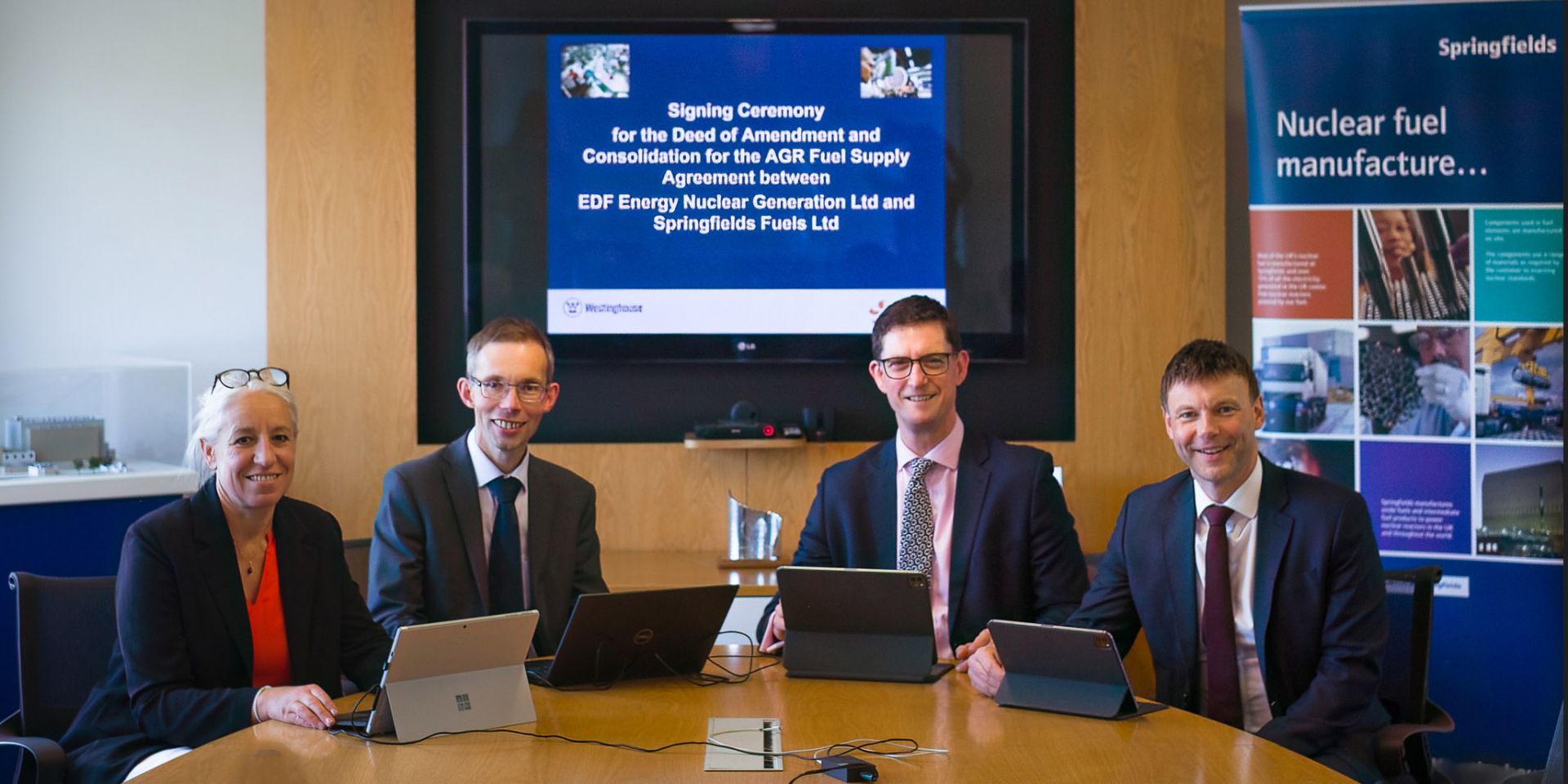


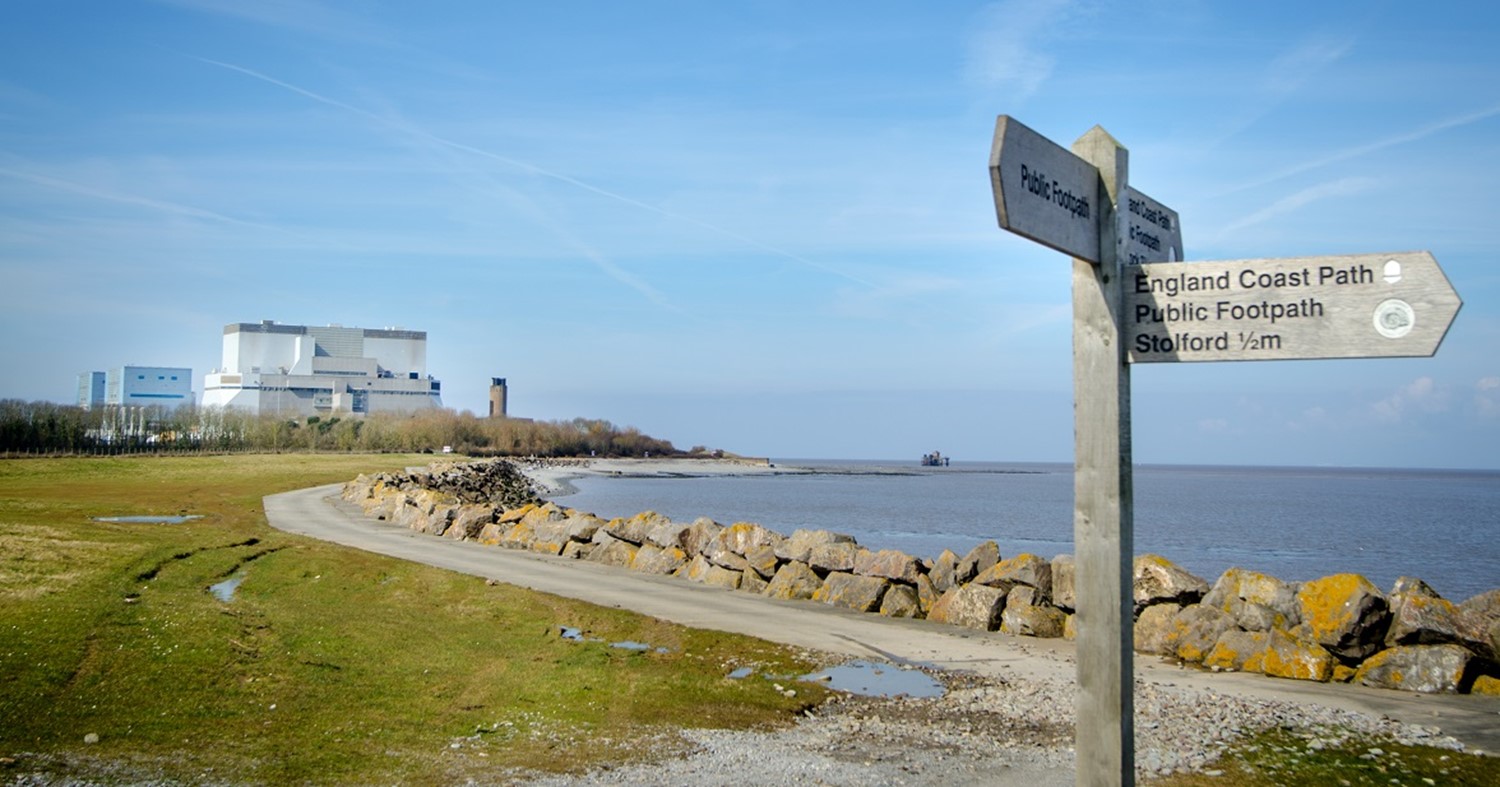
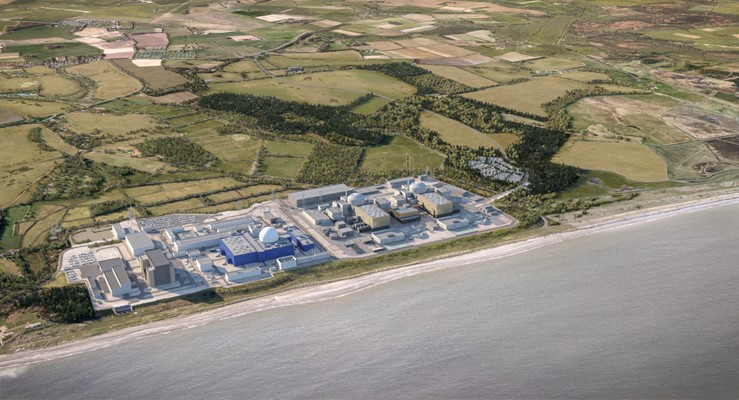
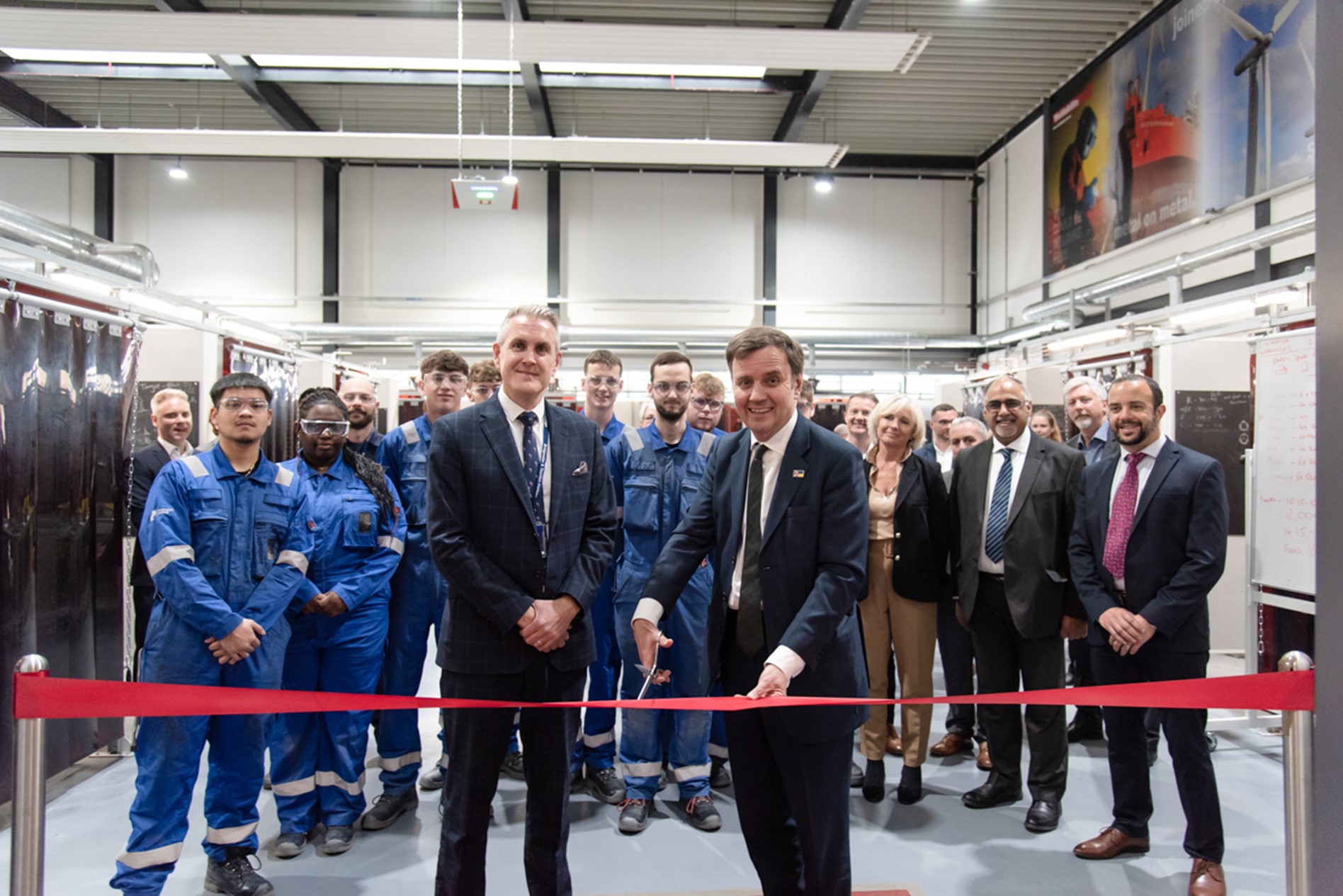
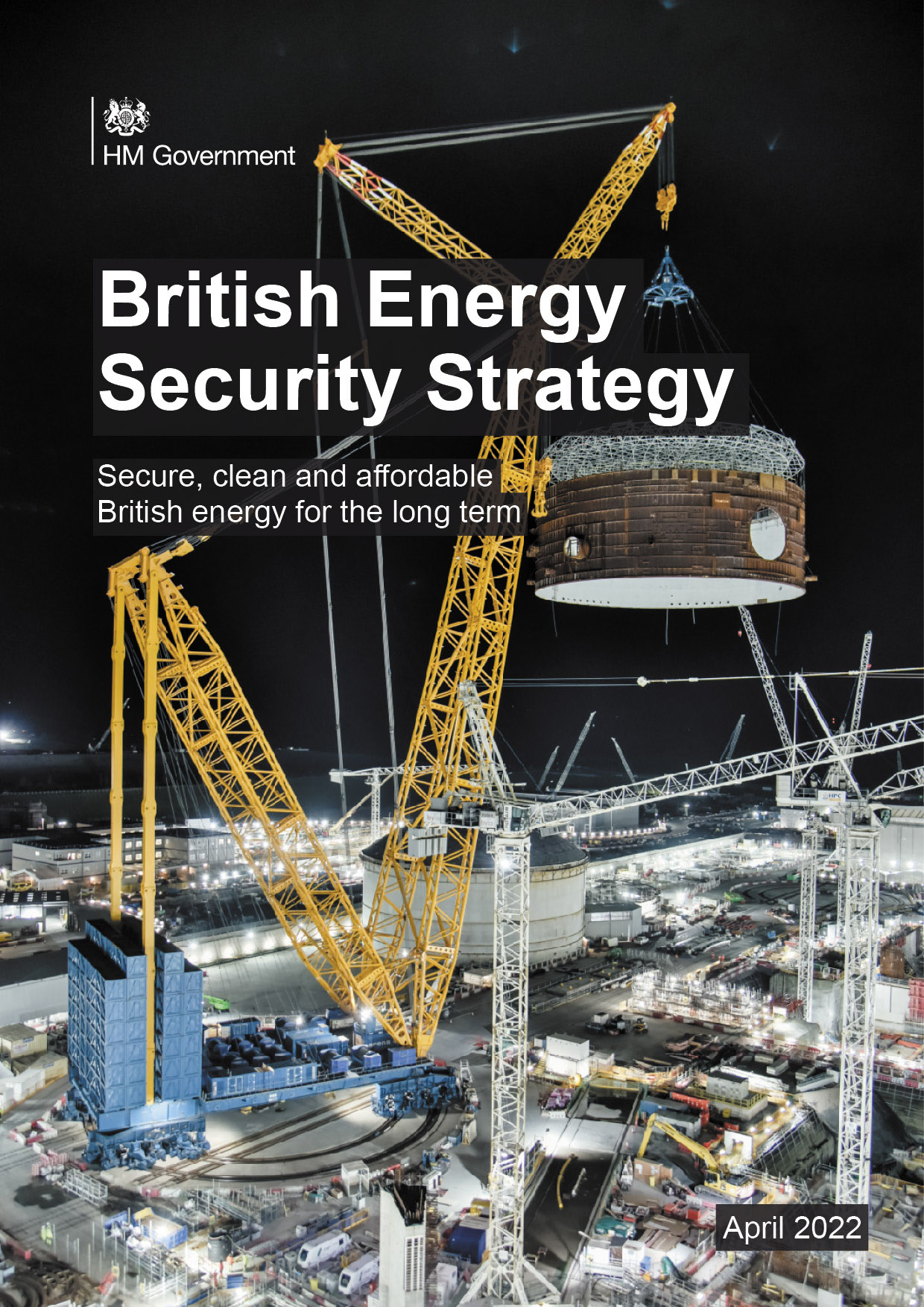

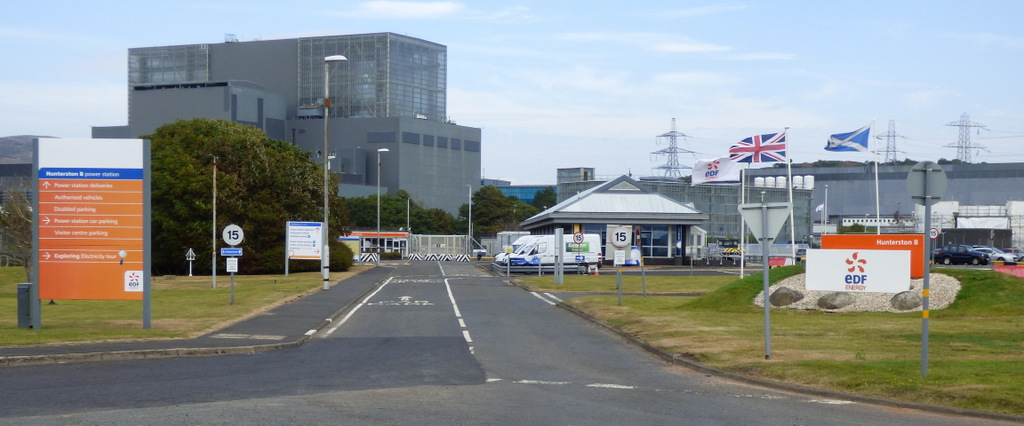
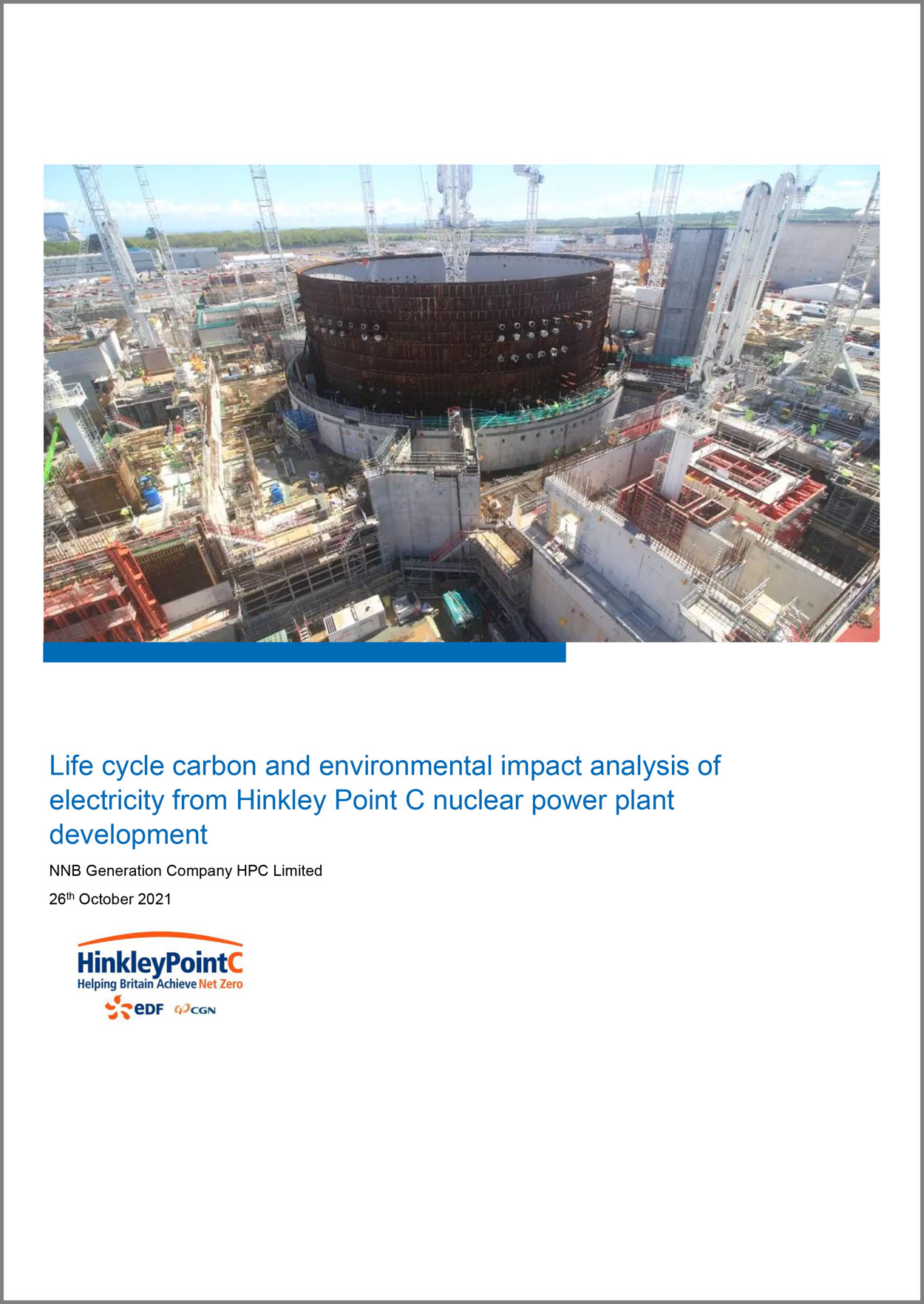 A
A 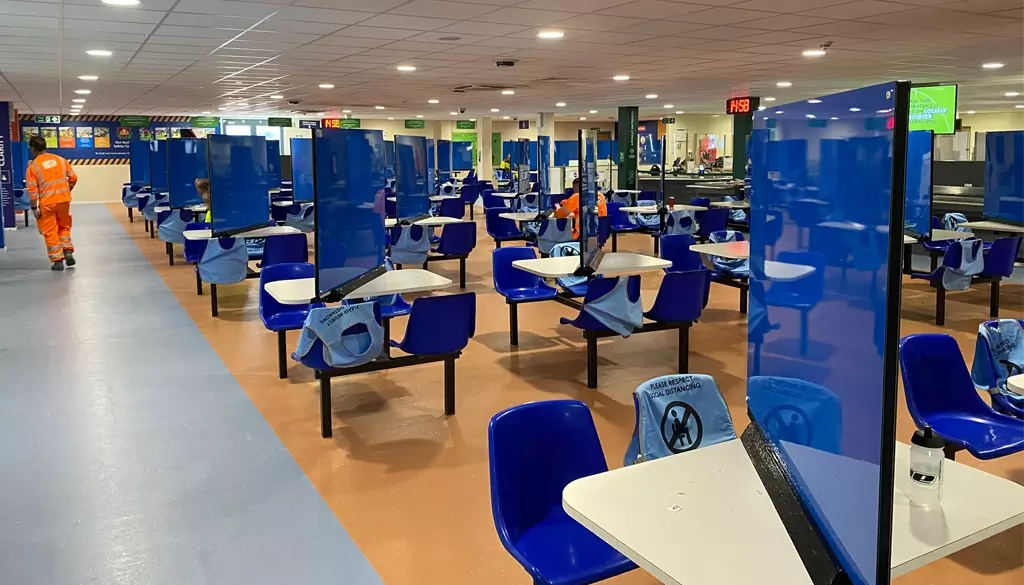

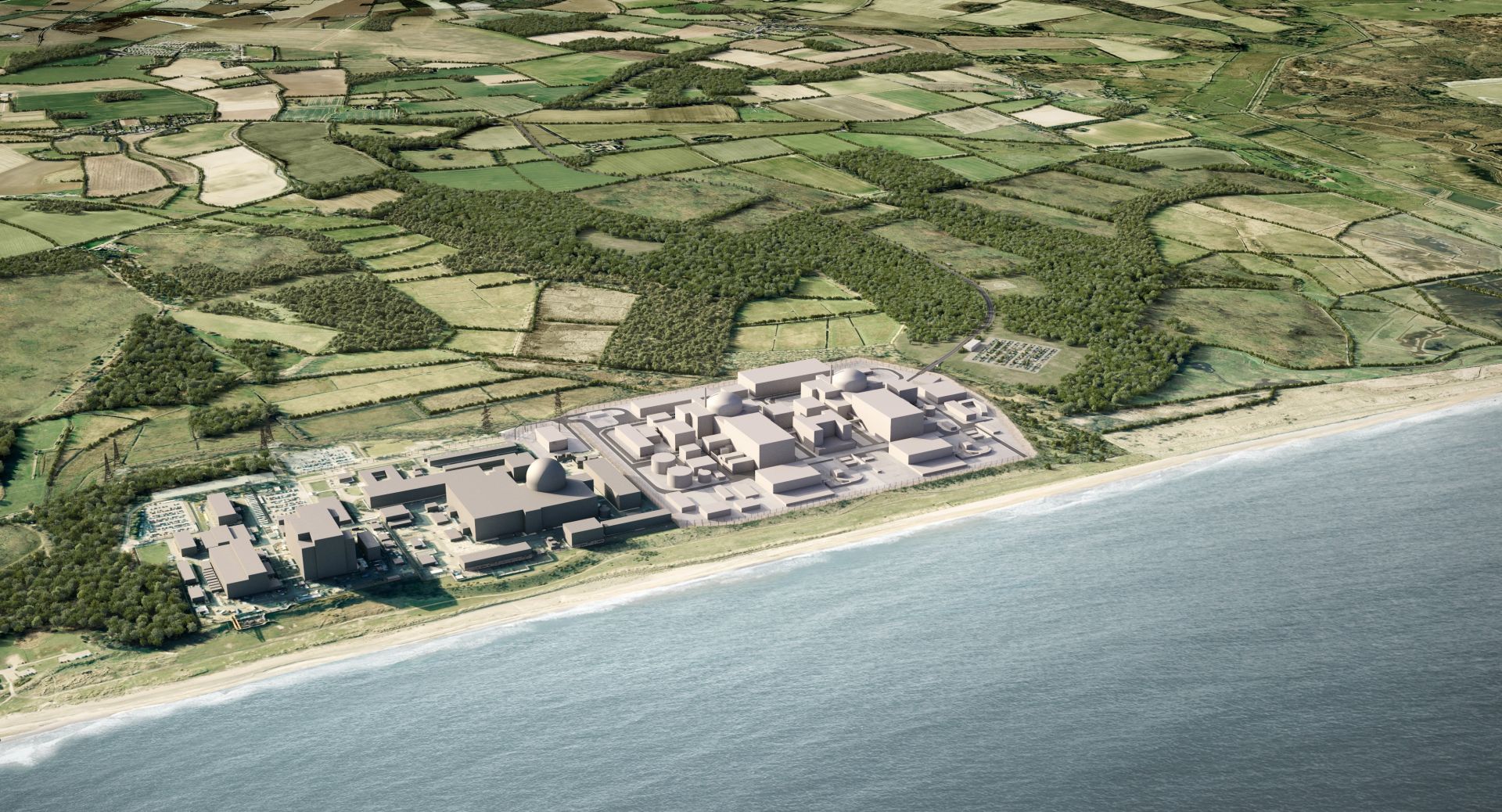
 The Nuclear Industry Association (NIA), the trade group for the United Kingdom’s civil nuclear industry, unveiled a new report yesterday that sets out a framework for cutting the cost of building new nuclear power plants in Britain.
The Nuclear Industry Association (NIA), the trade group for the United Kingdom’s civil nuclear industry, unveiled a new report yesterday that sets out a framework for cutting the cost of building new nuclear power plants in Britain.